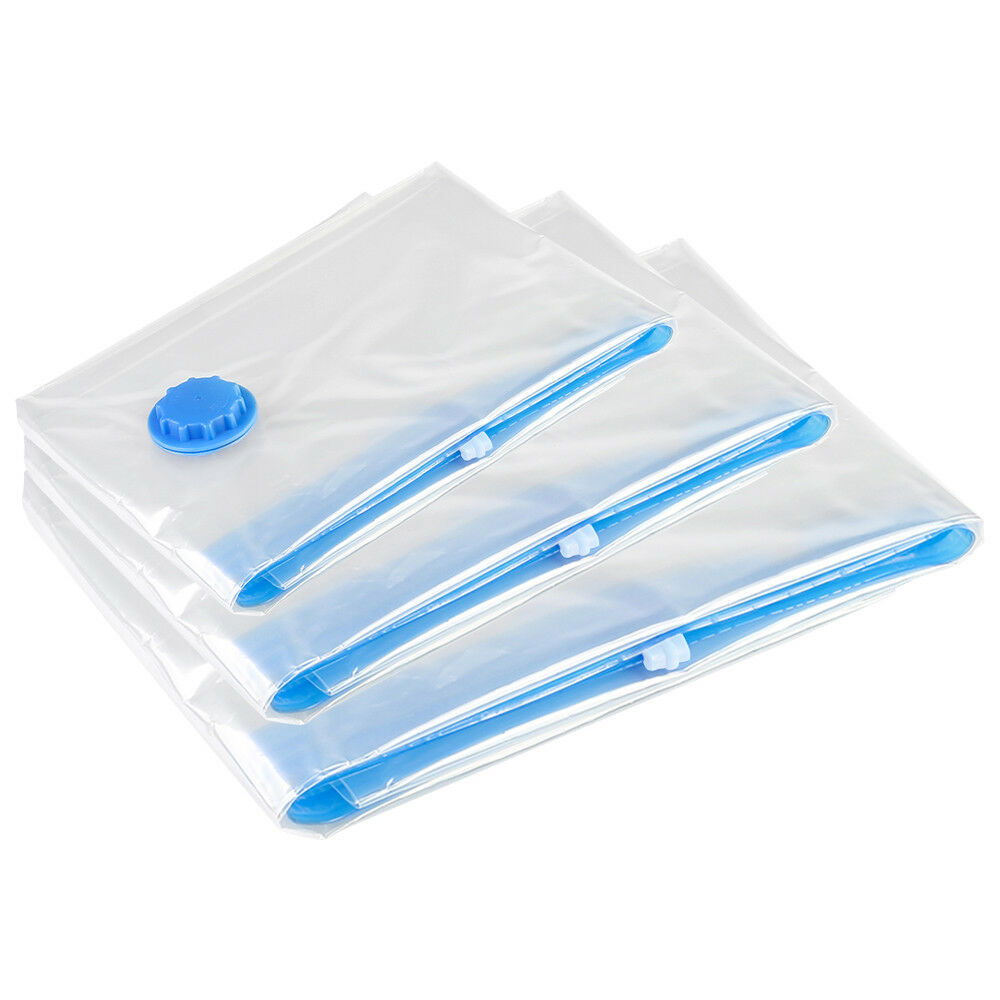Introduction of Leaf Silage - Part 2
INTRODUCTION TO LEAF SILAGE - PART 2:
Author : Louise Jakobsen
Before starting to pack the material, it is important to make a few thoughts on how much you will be feeding out every day, how much material you have available to produce the silage and storage facilities. This will help determine the type and size of containers to use.
You need to be aware that once you have opened a container and started to feed out the material, the material will start deteriorating once exposed to oxygen again.
Depending on your storage facilities, the material and the quality of packing, you may have around 5-12 days before the material has gone off and is no longer safe to feed out.
Usual recommendation is to use up the container within 5-6 days after opening.
If you have a significant amount of material available to pack for silage, and a number of animals to offer it to, we have had great experience using a type of clip-top plastic barrels.
These are very resilient, come in various sizes, easy to clean, stackable and can be reused year after year after year. They can be purchased from a variety of suppliers. An alternative option, if you require less amount of material, is hoover/vacuum storage bags. These are great in terms of getting rid of all the air within the material, easy to pack, require less storage space and allow you to keep an eye on the fermentation process. But a significant downside is that they puncture easily when sucking the air out (so no twiggy material can be included) and they are difficult to reuse.
An alternative option, if you require less amount of material, is hoover/vacuum storage bags. These are great in terms of getting rid of all the air within the material, easy to pack, require less storage space and allow you to keep an eye on the fermentation process. But a significant downside is that they puncture easily when sucking the air out (so no twiggy material can be included) and they are difficult to reuse.
If you require an even smaller amount of material (for small animals like reptiles or rodents), something as simple as zip lock/grip seal bags might do it for you.
Whichever container you choose; if you are going to reuse them, it is very important that you are able to clean them thoroughly after each use to avoid development of harmful bacteria and fungi.



